With the Facecam, the manufacturer Elgato, known for streaming accessories and bought by Corsair three years ago, presents a webcam in the upper price segment. So far, Elgato only had capture cards and various connection cards for external system cameras in its range, now the portfolio is rounded downwards.
For the gap between Webcams and system cameras
Dedicated cameras are often expensive and time-consuming to set up, so that classic webcams are still the most common option for recording their own face for beginning streamers and private users. Smartphones can also be easily converted into a webcam using the appropriate app, but the qualitative difference to DSLR or DSLM cameras is usually considerable, especially in poor lighting conditions. Recently, some manufacturers have tried to close this gap with comparatively expensive high-end webcams, including Logitech with the Brio or Razer with the Kiyo Pro. Elgato is now joining in this endeavor with the Facecam.
Sony sensor and Elgato lens
A Starvis CMOS sensor from Sony is used. The back-exposed sensor offers a maximum resolution of 2.1 megapixels or 1920 × 1080 pixels (Full HD) at 60 FPS in video mode and, according to Sony, was developed for surveillance cameras – hence the advertised suitability for dark environments. Elgato does not comment on the size of the sensor or the individual pixels, but the probably same model is also used in Razer's Kiyo Pro, where the manufacturer speaks of a 1/2.8 inch sensor with a pixel size of 2.9 µm .
- < figure class = "gallery__figure">
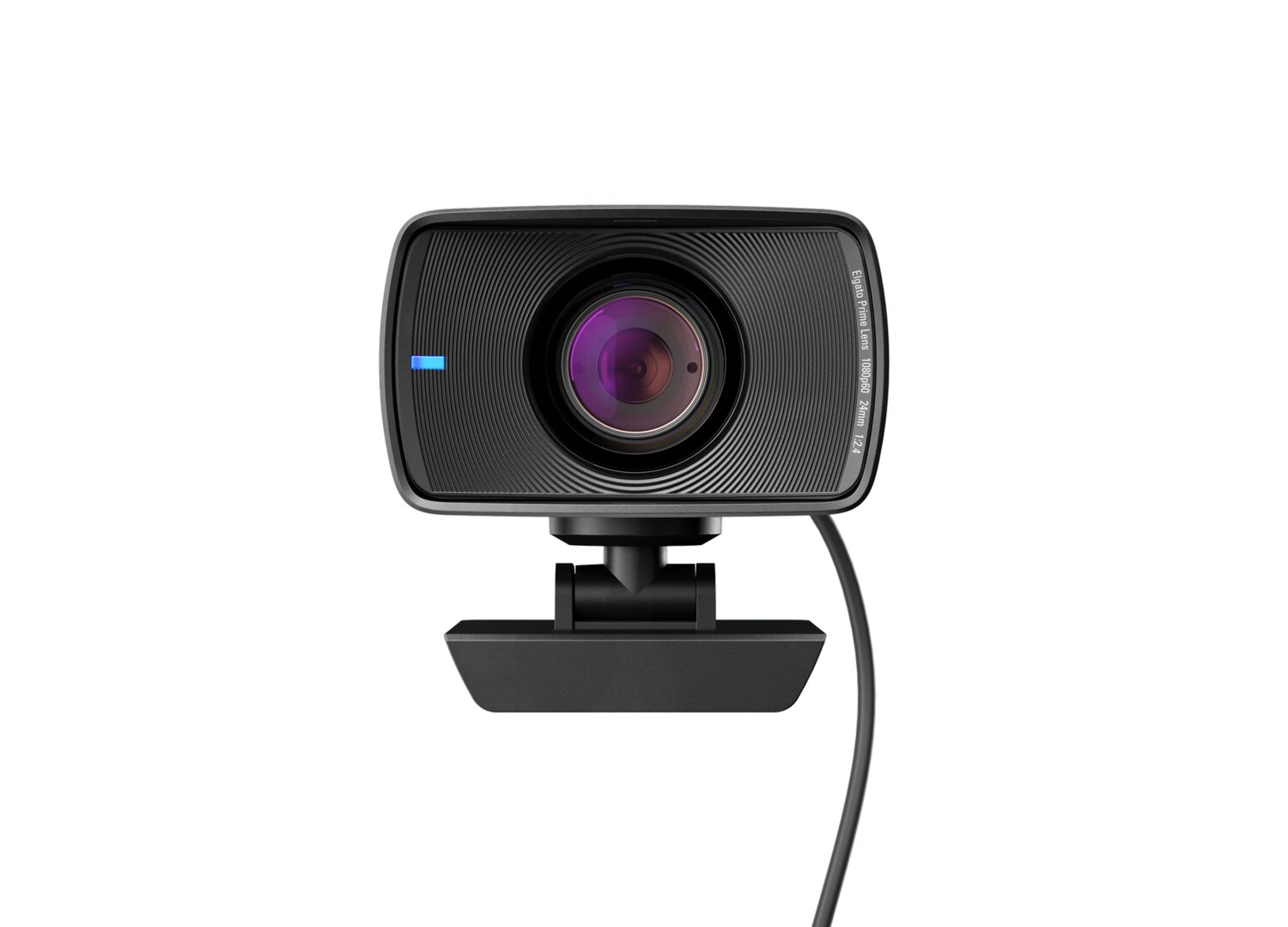 Elgato Facecam (Image: Elgato)
Elgato Facecam (Image: Elgato)
Image 1 of 13
Elgato gives much more information about the built-in lens: It is a specially developed fixed focal length with eight coated glass elements, including aspherical lenses. The focal length corresponds to a 35 mm equivalent of 24 mm, so it offers a field of view of around 82 degrees. Optical zooming is not possible; instead, enlarging an image section lowers the resolution. Meanwhile, the aperture is slightly more closed at f/2.4 than on Razer's webcam, which, however, also offers a shorter focal length, i.e. is wider angled. The Elgato Facecam does not offer an autofocus – or an adjustable focus at all – instead, the range from 30 to 120 cm from the sensor level is always in focus. From this it can already be deduced that interested parties should not assume a shallow depth of field, i.e. soft backgrounds. Image 1 of 6 The Elgato Facecam also offers numerous software functions, including on the one hand its own software for setting numerous camera options such as resolution, exposure, white balance or contrast. Many parameters can be saved directly on the internal memory of the Facecam. The camera is connected to your own computer via USB Type-C to Type-A cable, whereby USB 3.0 is required for the full range of functions. Users can choose for themselves whether they attach the Elgato Facecam to the top edge of a screen in the classic way or whether they remove the rotatable and tiltable bracket provided and the camera on the 1st Screw the/4-inch thread onto a tripod. The latter makes it possible to move the camera further away from your own face, without having to consider the audio quality, because the facecam does not have a built-in microphone. In view of the high price of around 200 euros compared to conventional webcams, this may initially be surprising, but ultimately makes sense: Anyone who is willing to invest such an amount for higher video quality will probably already have a dedicated microphone. ComputerBase has received information about this news from Elgato under NDA. The only requirement was the earliest possible publication time.  Elgato Facecam
Elgato Facecam Elgato Facecam
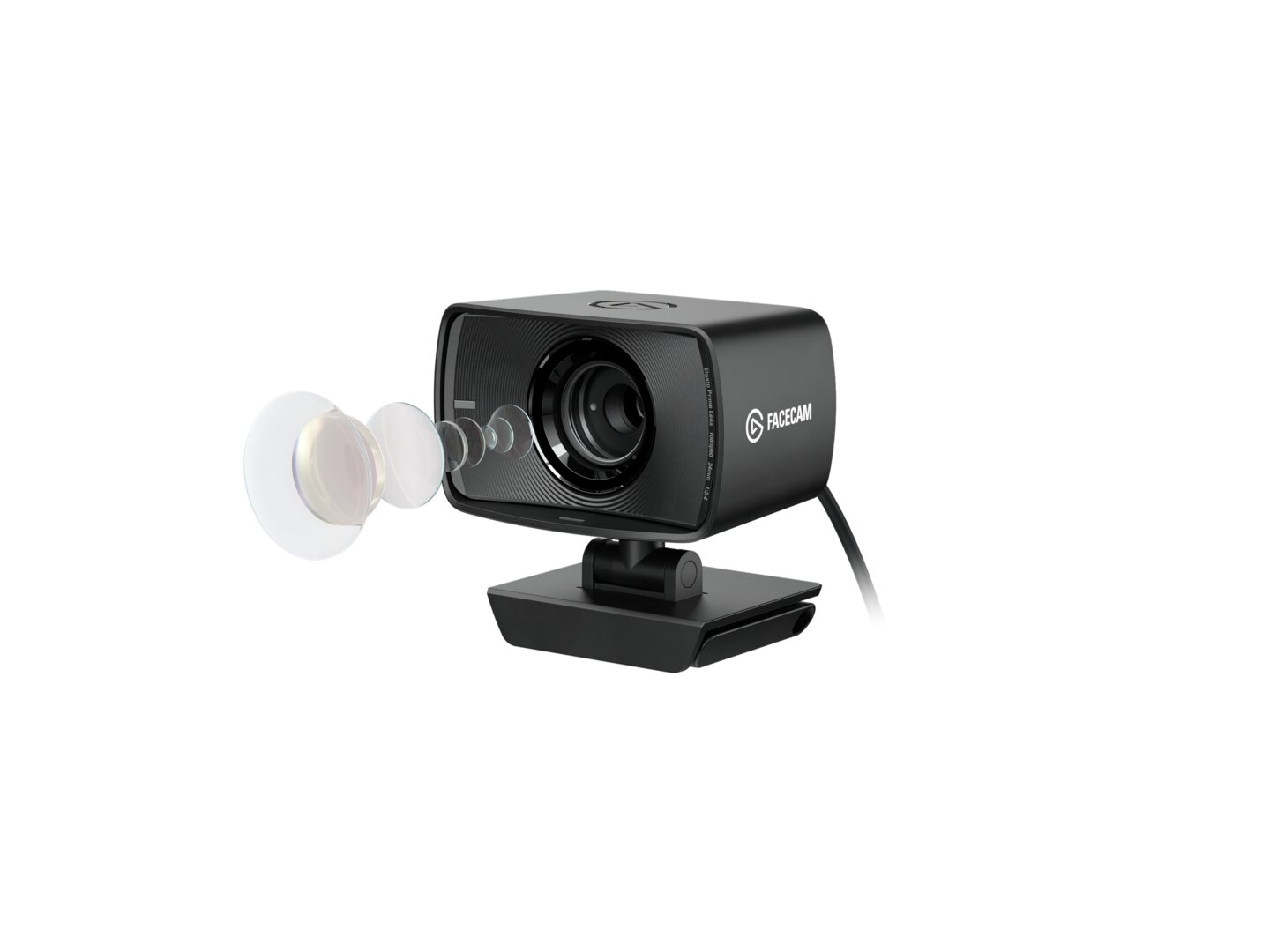 Elgato Facecam
Elgato Facecam 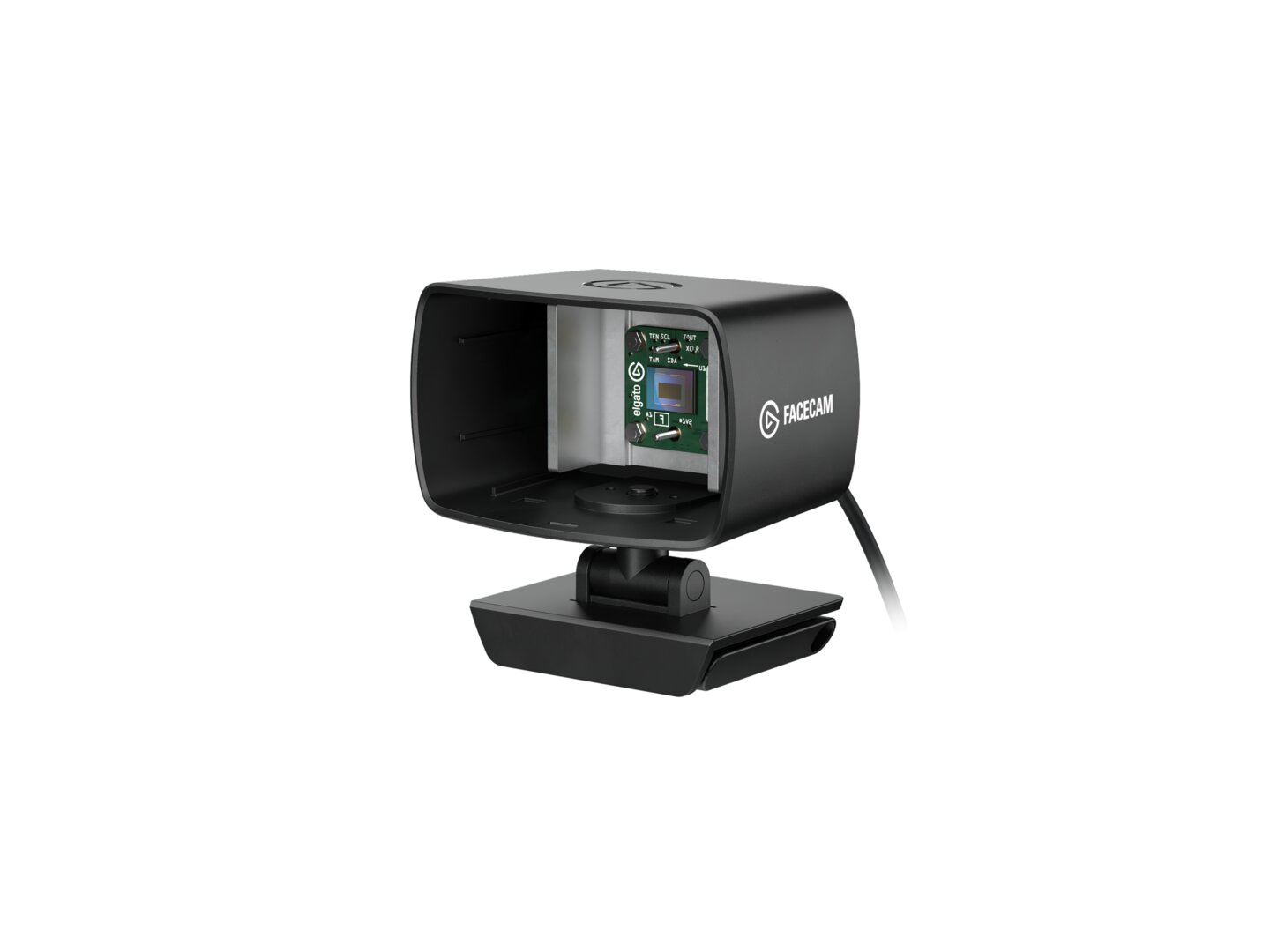 Elgato Facecam
Elgato Facecam Elgato Facecam
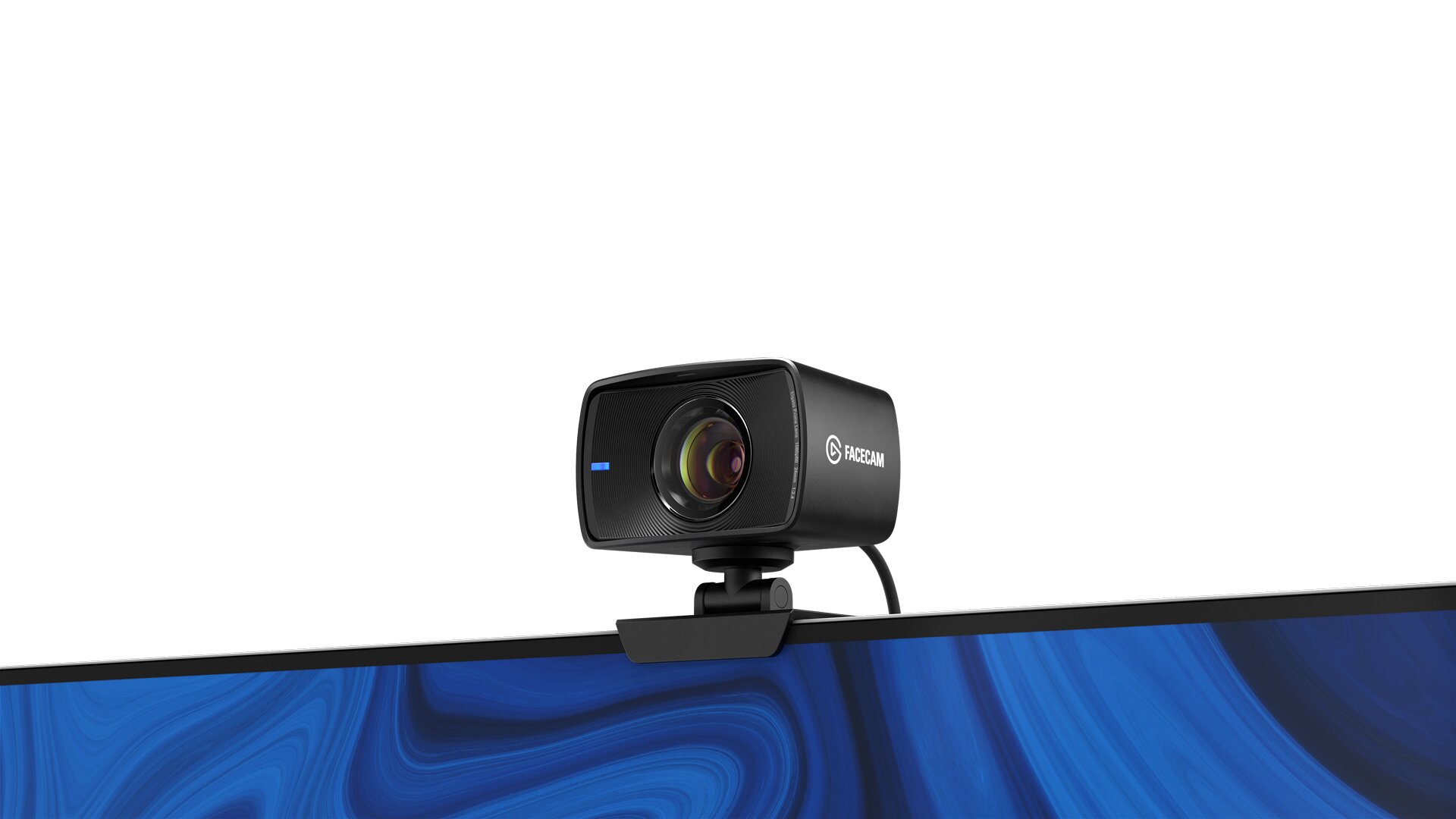 Elgato Facecam
Elgato Facecam 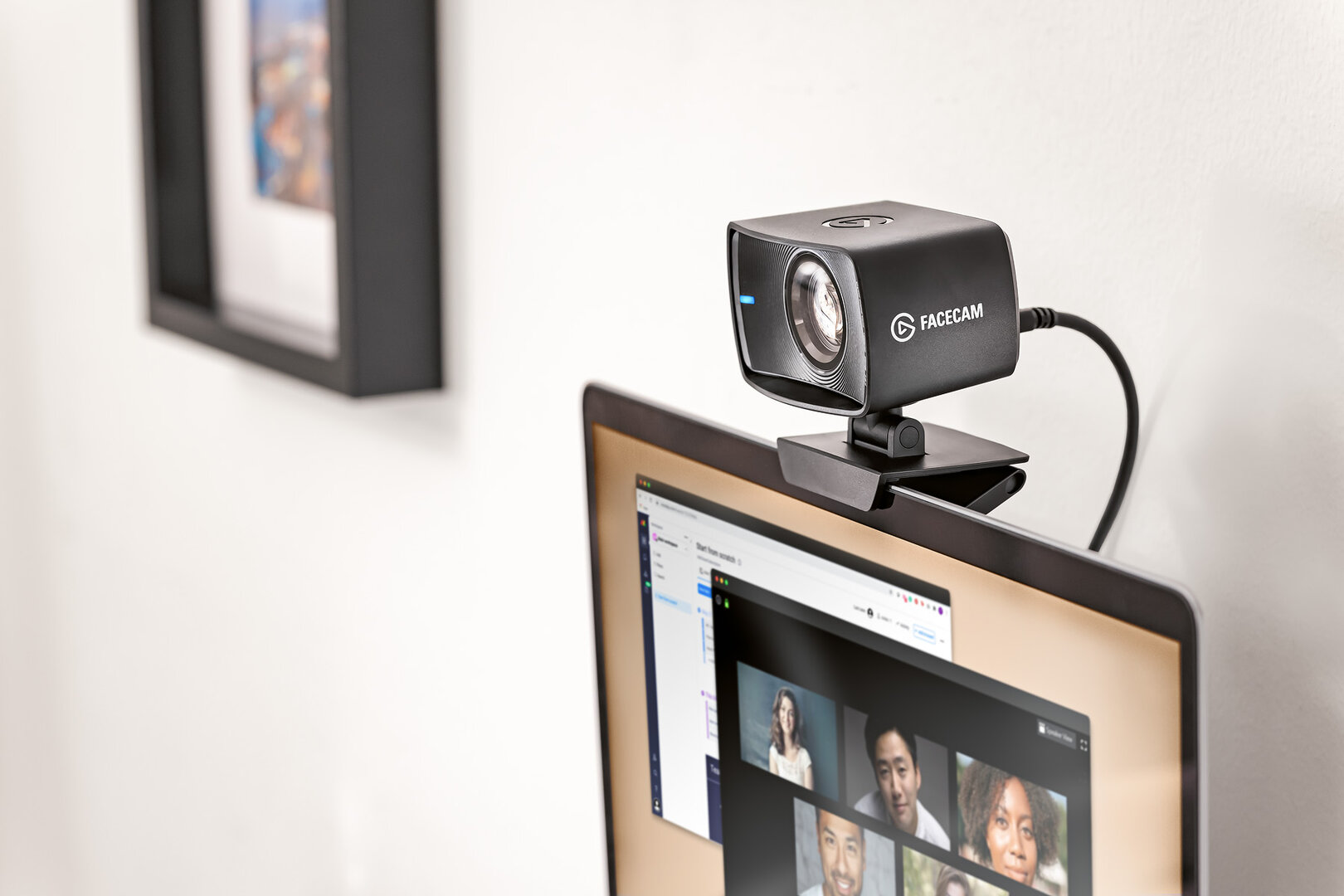 Elgato Facecam
Elgato Facecam Elgato Facecam
 Elgato Facecam (sample shot by Elgato) (Image: Elgato)
Elgato Facecam (sample shot by Elgato) (Image: Elgato)  Elgato Facecam (sample shot of Elgato)
Elgato Facecam (sample shot of Elgato) Elgato Facecam (sample shot by Elgato)
 Elgato Facecam (sample shot by Elgato)
Elgato Facecam (sample shot by Elgato)  Elgato Facecam (sample shot by Elgato)
Elgato Facecam (sample shot by Elgato)  Elgato Facecam (sample recording from Elgato)
Elgato Facecam (sample recording from Elgato) With software arsenal and without microphone